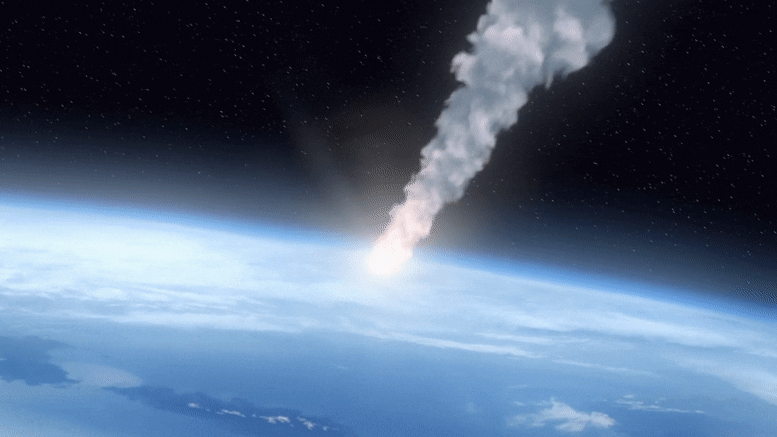
The impact crater, which was caused by an impact even around 8 million years ago, is about 4 kilometers (2.5 miles) in diameter.
The crater was found in the province of Almeria.
The first probable impact crater in Spain has been discovered in the southern province of Almeria. The finding was recently reported by Juan Antonio Sánchez Garrido of the University of Almeria at the Europlanet Science Congress (EPSC) 2022.
Although there are over 200 impact structures known to exist, this study is the first to find evidence of an impact crater on the Iberian Peninsula. The finding is the product of 15 years of research conducted by an international team of scientists from the University of Almeria, the Astrobiology Center of Madrid, the University of Lund, and the University of Copenhagen.
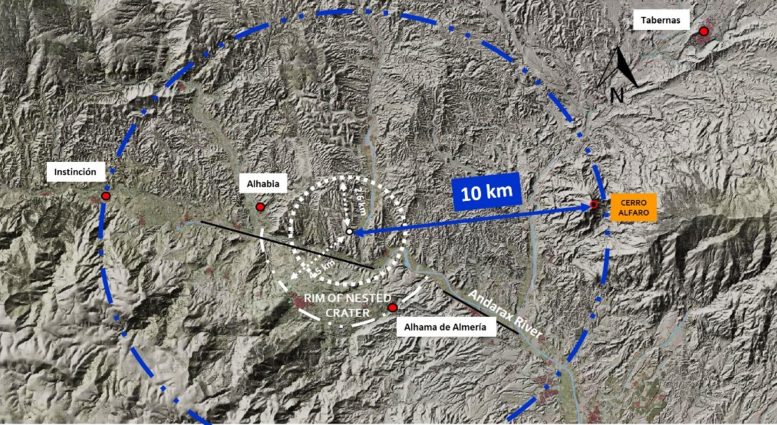
Location of the crater center and 20-kilometer radius of the area affected by the impact in the Alhabia-Tabernas basin. Credit: Sánchez-Garrido et al 2022. Basemap: Instituto Geográfico Nacional (IGN)
Prof Sánchez Garrido said: “We believe that the impact event occurred around 8 million years ago. We have investigated numerous aspects of the geology, mineralogy, geochemistry, and geomorphology of the region. The basins of Alhabia and Tabernas in the area are filled with sediments dating back between 5 and 23 million years, and they overlie older metamorphic rocks. Much of the impact structure is buried by more modern sediments, but erosion has exposed it and opened up the opportunity for studies.”
The crater itself is estimated to be 4 kilometers (2.5 miles) in diameter, surrounded by a wider structure 20 kilometers (12.4 miles) across, where the impact caused the sedimentary strata to collapse.
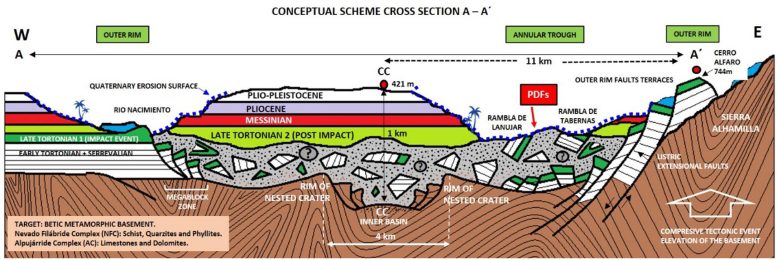
Much of the impact structure is buried by the most recent sediments. The crater itself is 4 kilometers in diameter and is buried at a depth of 1000 m. The edge of the structure reaches a diameter of 20 kilometers. Credit: Sánchez-Garrido et al 2022
Evidence for the impact crater includes several examples of ‘shocked’ quartz grains in breccia – a sedimentary rock type with large fragments cemented into a finer-grained matrix. The grains show signs of being deformed in the enormous pressures of the impact, which were between 10 and 30 gigapascals.
“If the crater discovery is confirmed, it would not only be exciting from a scientific perspective but would also be a wonderful addition to the scientific and touristic attractions of the province of Almeria,” said Prof Sánchez Garrido.
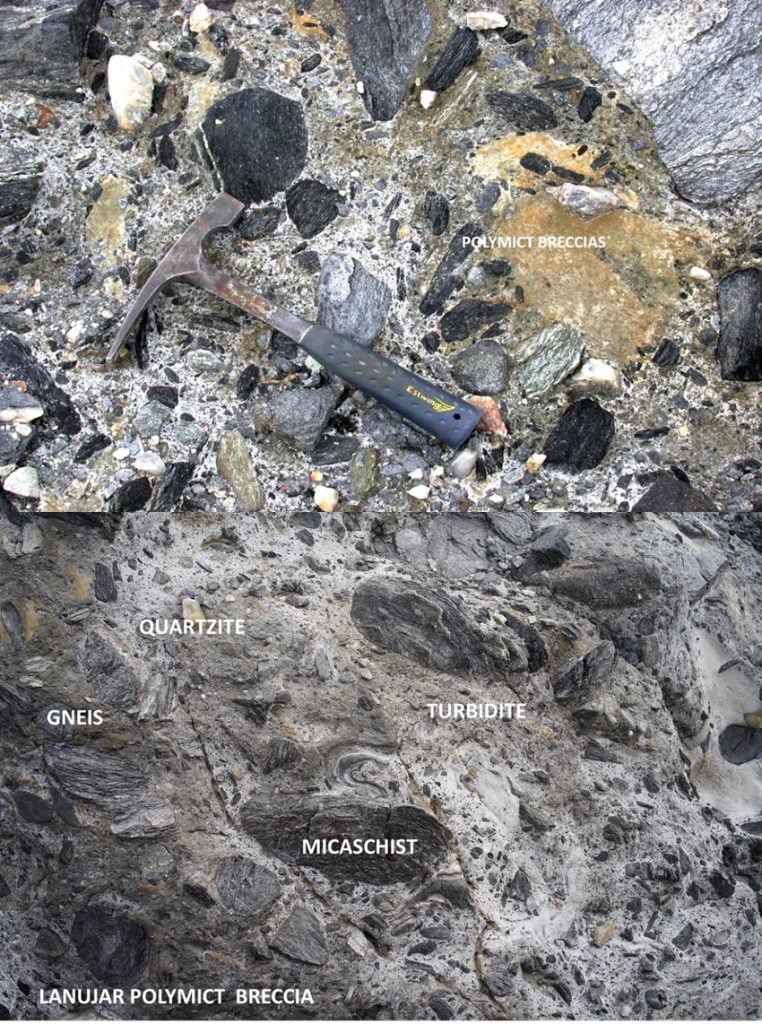
Evidence for the impact crater includes several examples of ‘shocked’ quartz grains in breccia – a sedimentary rock type with large fragments cemented into a finer-grained matrix. The grains show signs of being deformed in the enormous pressures of the impact, which were between 10 and 30 gigapascals. Credit: Sánchez-Garrido et al 2022
EPSC2022, which took place last week in Granada, was attended by almost 1200 planetary scientists from around the world, making it one of the largest planetary science meetings to take place in Europe.
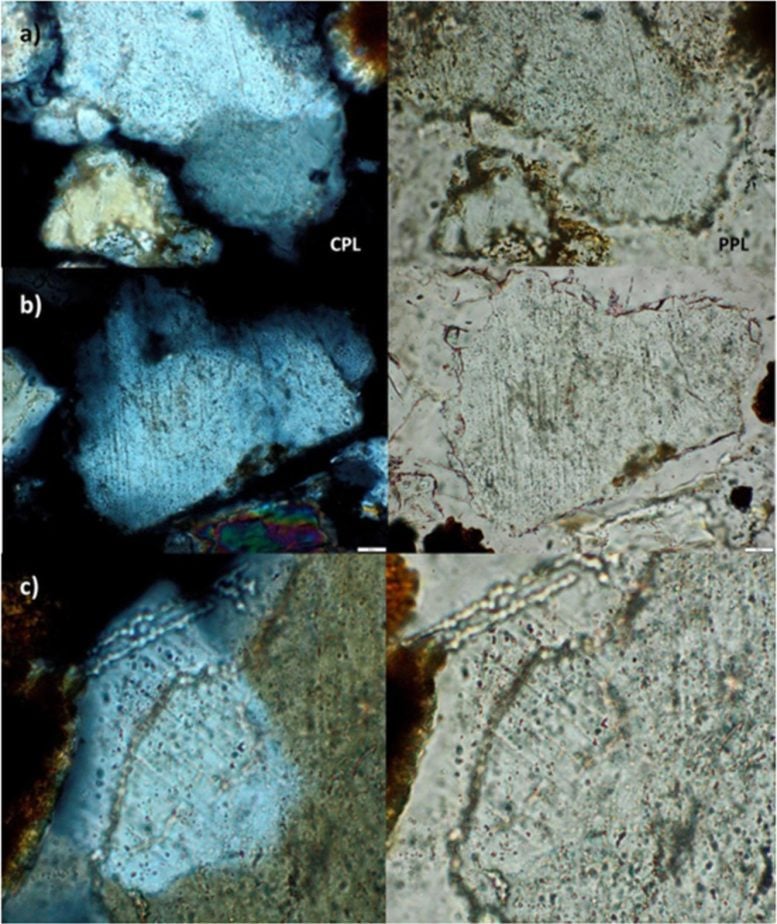
Thin sections showing deformations in three quartz grains, produced by shock effects, in an impact breccia at Tabernas. Credit: Sánchez-Garrido et al 2022
The Chair of the Local Organising Committee, Luisa Lara of the Instituto de Astrofisica de Andalucía-CSIC, said: “It was a lot of work to prepare for the meeting and we had to wait two years because of the pandemic. But the emotion of welcoming everyone to EPSC2022 in Granada has been worth everything – all the work is forgotten and the success of the meeting is a wonderful reward.”
Reference: “A probable impact structure in Betic Cordillera, Almeria, SE Spain” by Juan Antonio Sánchez Garrido, Jens Olof Ormö, Carl Alwmark, Sanna Alwmark, Gabriel Zachen, Robert Lilljequist and Sebastián Tomás Sánchez Gómez, 23 September 2022, Europlanet Science Congress 2022.
DOI: 10.5194/epsc2022-217

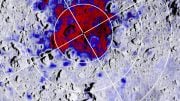
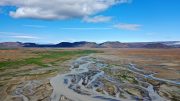
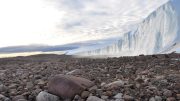

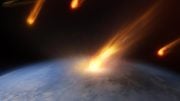
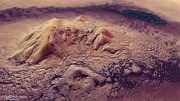
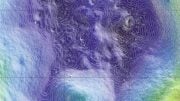
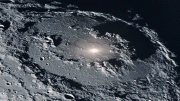
Be the first to comment on "Scientists Discover the First Impact Crater in Spain"